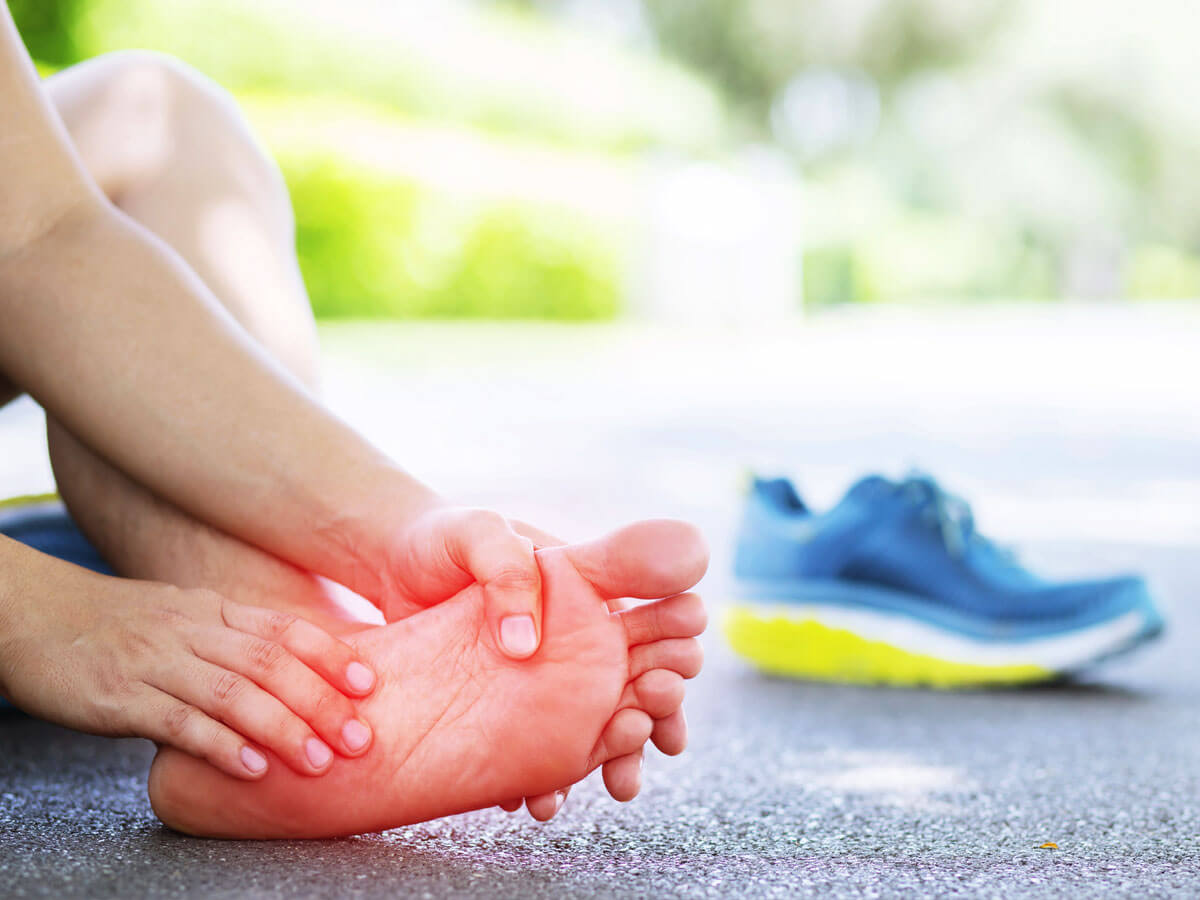This article will discuss how to manage the most common cause of heel pain known as plantar fasciitis (or plantar fasciosis when inflammation isn’t present), which affects up to 10-15% of the population.
What is plantar fascia & why is it making my heel sore?
The plantar fascia is a long fibrous connective tissue the extends from your heel to your toes. While walking (or running) when you roll forward onto your toes, tension is stored in the plantar fascia stabilising your foot position with minimal muscular effort. It becomes painful when connective tissue doesn’t keep up with the demands placed on it, leading to maladaptation causing pain.
Plantar fasciitis is more common in females, middle aged and walkers/ runners, but it can occur to anyone in the population. Some risk factors for development of the condition include decreased ankle mobility, flat (or high) arches, excessive rolling in, improper shoe fit and elevated BMI.
How do I know my heel pain is from my plantar fascia?
Plantar fasciitis typically presents when heel pain with the first steps in the morning or after sitting for long periods. It is most painful at the front inside of the heel. Pain is usually worse when barefoot on hard surfaces.
However, there are many causes for heel pain including nerve entrapments, soft tissue structures like your Achilles, skeletal causes and even metabolic disorders.
Our Physiotherapists have extensive experience assessing heel pain to determine the cause of your heel pain and how to best look after it. Our skills & knowledge across the body allow us to consider the impact of biomechanics from your hip & knee on your heel pain. We work closely with reputable local podiatrists and will refer if we feel your recovery may benefit from orthotics.
What can be done to reduce my pain & promote healing?
- Stretching – Long duration holds targeted at the plantar fascia itself and also the muscles of your calf. To get you started try this simple stretch:
- Start by sitting with your sore leg up on your opposite knee.
- With one hand grasp the back of your heel and the other hand across your toes.
- Pull your hands apart as if you are trying to lengthen your arch & hold a pain free stretch for 60 seconds, repeating 5 times a day.
- Strength Training – Exercises that strengthen your plantar fascia have been suggested by recent research to result in a quicker reduction in pain.
- Cryotherapy – Ice can help to reduce any local inflammation & double as a pain relief. Pro Tip: Freeze a water bottle and press your arch down into it, to massage your plantar fascia at the same time!
- Support – Taping and advice around the correct footwear (and when appropriate orthotics) can offload the plantar fascia, decreasing pain and assisting healing.
- Hands on therapy – Gentle joint mobilisation can assist to improve your ankle & foot mobility to decrease the overall load on the plantar fascia. Also, massage to your arch & calf will assist in improving muscle length to further off load your sore heel.
These are just 5 tips our physiotherapists recommend to decrease your heel pain. If you have heel pain come and see our experienced team for a thorough assessment to get an individualised recommendation on how to best manage your heel pain and experienced hands on treatment.
For appointments and advice phone Wellers Hill Phyisotherapy on 07 3892 7501.






